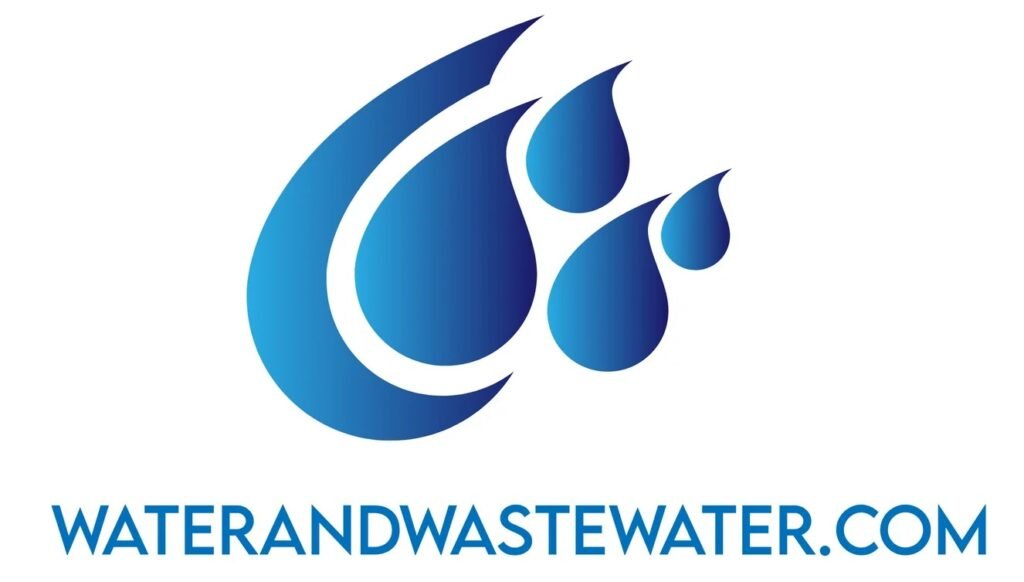
Tag: management
Non-potable water is water that has not been treated or purified to the level necessary for safe human consumption. It encompasses a variety of water types that are utilized for purposes other than drinking, such as irrigation, flushing toilets, and industrial processes. Addressing the question “What is non-potable water?” it is essential to clarify that […]
Ozonation is a water treatment process that leverages the power of ozone, a potent oxidizing agent, to eliminate various contaminants from wastewater. Traditionally used for disinfecting drinking water, its application has expanded to treat municipal and industrial wastewater. Ozone is particularly effective against bacteria, viruses, and organic compounds, often as a tertiary treatment step to […]
Ultraviolet (UV) disinfection has emerged as a formidable and environmentally friendly method for treating wastewater. Unlike chemical approaches, UV disinfection relies on physical processes that neutralize pathogenic microorganisms by disrupting their DNA. This technology has found extensive application across the globe due to its efficacy in deactivating a broad spectrum of harmful microbes, including bacteria, […]
Wastewater disposal is a critical environmental and public health concern. It encompasses the processes by which wastewater is managed after it is no longer needed or suitable for its original use. Managing this wastewater, including domestic sewage, industrial effluents, and agricultural runoffs, is essential to prevent the contamination of water bodies and groundwater resources. Adequate […]
Filtration in wastewater treatment is a critical process for removing impurities from water before it is released back into the environment or reused. The process involves passing water through substances that act as filters to separate particles and contaminants from the water. This is essential for protecting water quality, ecosystem health, and human well-being. As […]
Secondary clarification is an integral step in the wastewater treatment process, focusing on separating biological floc or sludge from the treated water after the primary treatment and biological processes have taken place. This phase is crucial as it determines the quality and clarity of the effluent, leading to the release of safe water back into […]
Aeration is a critical process in the treatment of wastewater, involving the introduction of air into sewage to allow aerobic bio-degradation of the pollutant components. It is a vital part of most biological wastewater treatment systems; microorganisms in the wastewater need oxygen to break down organic matter into harmless by-products. Oxygen is supplied through aeration, […]
Wastewater management is an essential process that involves the collection, Treatment, and disposal or reuse of water that has been adversely affected in quality by anthropogenic influence. It is a critical infrastructure component that supports modern society by ensuring that used water does not harm the environment or public health. The importance of managing wastewater […]
Dissolved air flotation (DAF) is a water treatment process that clarifies wastewater by the removal of suspended matter such as oil, grease, or solids. The removal is achieved by dissolving air in the water or wastewater under pressure and then releasing the air at atmospheric pressure in a flotation tank or basin. The released air […]
Efficient sedimentation processes are essential for both municipal and industrial wastewater treatment facilities. As raw wastewater enters the treatment plant, it undergoes initial screening before proceeding to sedimentation tanks where the separation process begins. This stage is pivotal for the protection of downstream treatment units and for minimizing the potential for damage or additional processing […]